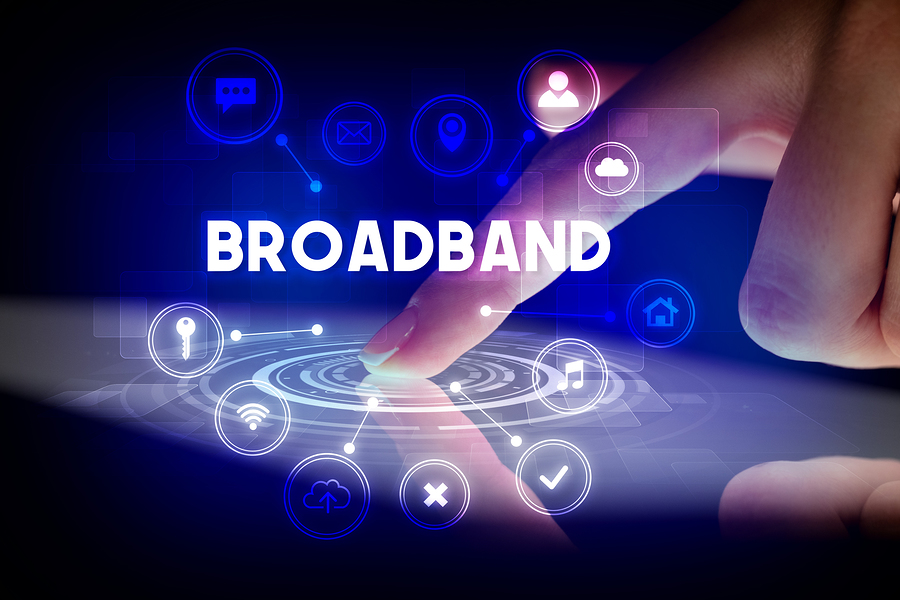The Federal Communications Commission is finally taking a step in the right direction by cutting the nonsense out of broadband labels. For too long, providers have been burdened with requirements that do little to help consumers, turning what should be a simple comparison of internet plans into a frustrating obstacle course. It’s time the agency focused on giving people the information that matters without drowning them — or the companies — in red tape.
The FCC voted at its October meeting to strip six of the most pointless label requirements and asked for public input on other ways to simplify the system. This isn’t bureaucratic housekeeping; it’s a needed reality check on a program that had drifted far from its original purpose.
Congress originally directed the FCC in 2021 to make broadband labels a tool for consumers, not a regulatory headache for providers. In practice, the rollout was riddled with overcomplication, endless debates over metrics, and rules that did little to help anyone make a smarter choice. The agency’s new approach promises to cut through the clutter.
“The proposed changes would better align the requirements with the mandate from Congress and reduce unnecessary compliance burdens while preserving the core information that helps consumers compare different broadband plans,” the FCC said in its initial notice.
The Notice of Proposed Rulemaking proposes to eliminate requirements that broadband providers:
—Read the labels to consumers over the phone.
—Itemize state and local passthrough fees that vary depending on consumer location.
—Provide information about the now-concluded Affordable Connectivity Program.
—Display labels in customer account portals.
—Make labels available in machine-readable format.
—Archive labels for at least two years after a service is no longer offered to new customers.
FCC Chairman Brendan Carr said the broadband labels have at times proven to be difficult to use since their introduction. “Since the labels became available, some have said that finding the needed information can be a ‘Sisyphean task,’ or even feel like a game of Where’s Waldo,” he said. “They aren’t finding the information they need to make an informed decision or not finding it in an efficient and timely manner.”
Carr noted in his blog post before the FCC meeting that the broadband label changes are a move to “separate the wheat from the chaff.”
“We want consumers to get quick and easy access to the information they want and need to compare broadband plans (as Congress has provided) without imposing unnecessary burdens,” Carr wrote.
In addition to the broadband label adjustments, the FCC will also seek comment on other potential changes, including:
—On whether to eliminate the multilingual display requirement.
—On further streamlining and eliminating any other label requirements that are unduly burdensome and provide minimal benefit to consumers.
—On removing the label template from the Code of Federal Regulations.
—On minor revisions to the label template.
The FCC will host a 30-day public comment period, followed by an additional 30 days of reply comments, before voting on the issue.
If the FCC gives the OK for the changes, broadband labels will continue to provide consumers with the most important information to make informed decisions, as Congress intended. This includes details on pricing, introductory rates, and post-promotion rates. The labels will still reveal details about download and upload speeds, data caps, and equipment rental and other fees. They will continue to provide links to providers’ network management policies and other pertinent information about the services offered.
Providers will still be incentivized by the labels to offer better customer service because consumers can still easily compare providers on the metrics that matter the most.
The implementation of broadband labels has benefited consumers. It is a positive step for the FCC to continue examining the program to eliminate requirements that create unnecessary obligations on providers while providing little convenience to consumers.


